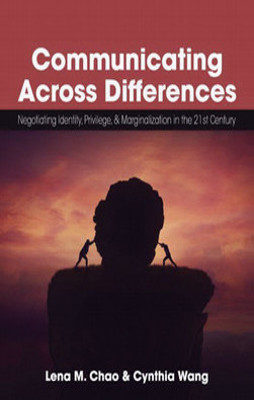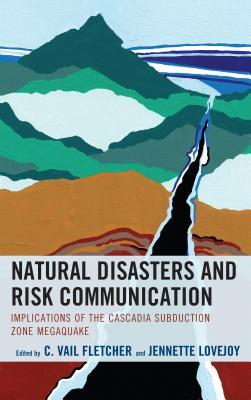Department of Communication & Media
“And that is just the point... how the world, moist and beautiful, calls to each of us to make a new and serious response. That's the big question, the one the world throws at you every morning. "Here you are, alive. Would you like to make a comment?”
― Mary Oliver
Communication & Media Faculty Research Projects

Communicating in the Anthropocene
The purpose of Communicating in the Anthropocene: Intimate Relations is to tell a different story about the world. Humans, especially those raised in Western traditions, have long told stories about themselves as individual protagonists who act with varying degrees of free will against a background of mute supporting characters and inert landscapes. Humans can be either saviors or destroyers, but our actions are explained and judged again and again as emanating from the individual. And yet, as the coronavirus pandemic has made clear, humans are unavoidably interconnected not only with other humans, but with nonhuman and more-than-human others with whom we share space and time. Why do so many of us humans avoid, deny, or resist a view of the world where our lives are made possible, maybe even made richer, through connection? In this volume, we suggest a view of communication as intimacy. We use this concept as a provocation for thinking about how we humans are in an always-already state of being-in-relation with other humans, nonhumans, and the land.
Natural Disasters and Risk Communication
Natural Disasters and Risk Implications of the Cascadia Subduction Zone Megaquake asks and addresses how we communicate about natural disasters and what effect our communication has on natural disaster education, understanding, assessment of risk, preparation, and recovery. The chapters of this book present expertise, analyses, and perspectives that are designed to help us better comprehend and deal with the natural risks such as the Cascadia Subduction Zone. It seeks to move past primal, fear-induced physiological and emotional responses to crises with the understanding that if we accept that the disaster will occur, expect it, and learn how we can prepare, we can calm the collective panicked beats of our hearts as we wait for its first tremors.
Analyzing Media Messages
The fifth edition of this comprehensive and engaging text guides readers through the essential tools and skills necessary to conduct quantitative content analysis research. Readers will find a clear definition of quantitative content analysis and step-by-step instructions on designing a content analysis study, along with examples of content analysis studies and journal articles. This edition has been updated with the latest methods in sampling in the digital age, computerized content analysis, and the uses of social media in content analysis research. It maintains the concise, accessible approach of previous editions while including refreshed examples and discussions throughout.This is an essential text for content analysis courses in communication and media studies programs at all levels, as well as a useful supplementary text in more general research methods courses

Communicating Across Difference
Communicating Across Differences: Negotiating Identity, Privilege, and Marginalization in the 21st Century presents research and scholarship from a broad range of contributing authors who represent the voices and perspectives of traditionally marginalized and uniquely underrepresented groups. The anthology explores the intersectionality of intercultural communication and cultural studies, blending social science approaches with critical perspectives. Each chapter examines how marginality and privilege pertain to issues surrounding race, gender, sexuality, class, dis/ability, language, inter/nationality, and instruction that are negotiated through the process of communication and media messaging while being framed in hegemonic cultural dynamics. Readers gain insight into the breadth and depth of the intergroup identities that impact our ability to communicate effectively across differences today. Dedicated chapters examine cross-racial communication, racial representation and grouping in news coverage, cultural influences and variations in language usage, power dynamics surrounding disability discourse, instructor immediacy behaviors from the perspective of international students, and more.




